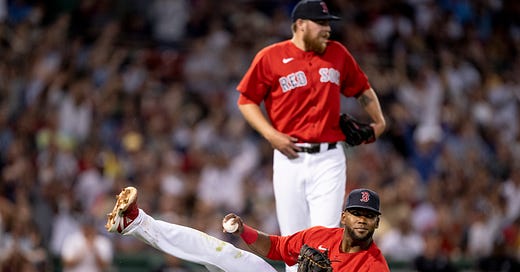On the morning of July 1, less than one month ago, the Boston Red Sox were 43-33 and tied with Toronto for the top spot in the American League wild-card race. They had a plus-60 run differential, good for third in the American League and not too far behind Houston for second.
No, they were not a serious threat to the Yankees, who were already 12 1/2 game…



